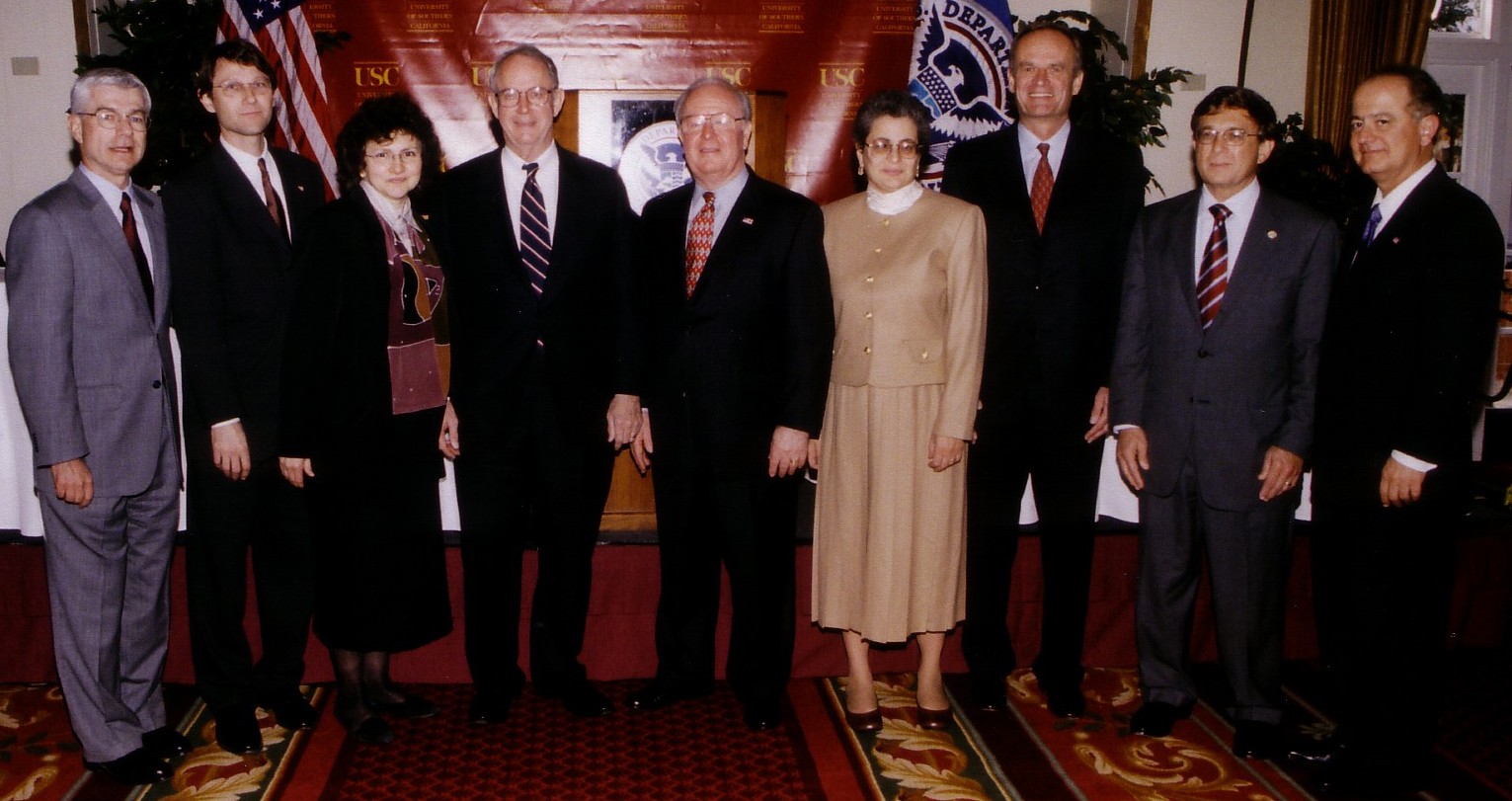Project Sponsor : U.S. Department of Homeland Security through the University of Southern California , Center for Risk and Economic Analysis of Terrorism Events (CREATE). Start Date: February 23, 2004 (First Year Projects); April 1, 2005 (Second Year Projects).
The nation’s critical infrastructures have a key life-saving and quality of life role, make an enormous contribution to the Gross Domestic Product, and have assets estimated at several trillions of dollars. Infrastructure systems are vulnerable to disruption by virtue of their typically large physical distribution networks and centralized production systems. Global terrorist attacks on infrastructure have shown that the effects can be catastrophic. Given the potential for cascading effects that could be exacerbated by interdependencies among infrastructure systems following an attack on the nation’s infrastructures, the U.S. government has placed a very high priority on their security. In the first year, New York University conducted a case study of electrical power outages to examine consequences including economic costs of potential terrorist attacks on that critical infrastructure. Regression models using non-terrorist outage data are used to estimate outage characteristics such as duration and customers lost which are then used to estimate consequences of potential terrorist attacks on these systems. In the second year, two projects are being undertaken. The first is to develop quantified indicators of critical infrastructure use, capacity, and spatial distributional characteristics as a basis for resource allocation priorities to protect those infrastructures. The second is an evaluation of critical infrastructure dependencies in border areas that potentially affect border security.
Participating Institutions in CREATE: University of Southern California , New York University, University of Wisconsin-Madison, and Structured Decisions Corporation. For further information on CREATE, see www.usc.edu/CREATE.
Homeland Security Center for Risk & Economic Analysis of Terrorism Events Press Conference: 11.25.2003 at University of Southern California.
Left to right: Daniel Mazmanian, Dean, USC School of Policy, Planning, & Development; Randolph Hall, Professor, USC School of Engineering & Director of the Homeland Security Center of Excellence; Rae Zimmerman, Professor and Director of ICIS, NYU; Steven B. Sample, USC President; Charles McQueary, Under Secretary, Science & Technology Division, U.S. Department of Homeland Security; Vicki Bier, Professor, University of Wisconsin-Madison; Detlof von Winterfeld, Professor and Deputy Dean, USC School of Policy, Planning, & Development and Co-director of Homeland Security Center of Excellence; Melvin Bernstein, Director, Office of University Programs, U.S. Department of Homeland Security; and C.L. Max Nikias, Dean, USC School of Engineering.
(Source: University of Southern California)Following September 11th 2001, ICIS collaborated with dozens of institutions to support research on the implications of the attacks on public infrastructure services and the built environment to protect human welfare. Because of the ICIS partnership network (National Science Foundation-#9728805) with the University of Southern California (USC) and Cornell University, public agency partners, and internationally known infrastructure professionals, ICIS contributed a team on critical infrastructure systems for the first Homeland Security Center of Excellence, called the Center for Risk & Economic Analysis of Terrorism Events funded by the U.S. Department of Homeland Security. USC, a long-time ICIS partner, is the lead institution, and NYU Wagner/ICIS will lead the critical infrastructure assessments under the direction of Professor Rae Zimmerman, ICIS Director, coordinating with other universities including U. of Wisconsin. The entire center is expected to receive $12 million in funding over the next 3 years, and will develop risk and economic modeling tools for terrorist events, using critical infrastructure as a major application area.
Funded by the U.S. Department of Homeland Security through the University of Southern California , CREATE – Center for Homeland Security, Center for Risk and Economic Analysis of Terrorism Events, located at the University of Southern California .
Participating Institutions: New York University , University of Wisconsin-Madison, Structured Decisions Corporation
For further information on CREATE, see www.usc.edu/CREATE
